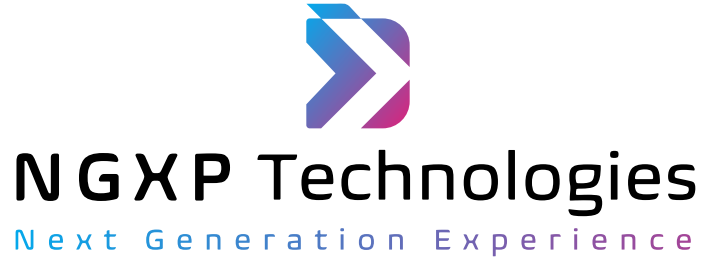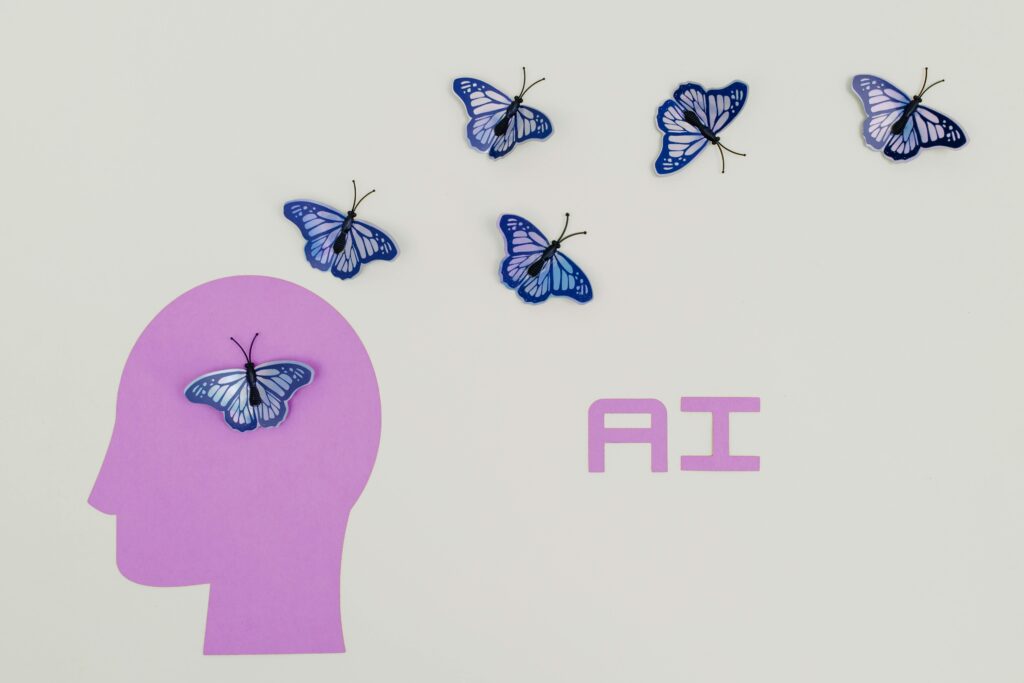Generative AI is no longer just a futuristic concept—it has firmly entered our daily lives, transforming the way we work, learn, and create. This artificial intelligence in daily life is capable of producing text, images, music, videos, and even code, redefining creativity and efficiency. Imagine drafting an email, designing a graphic, or generating a social media post in seconds—all with the help of AI content creation tools. Beyond productivity, generative AI is personalising experiences, offering tailored learning for students, unique content for marketers, and innovative solutions for artists and musicians using AI creativity tools.
It is not only a tool for professionals; everyday users are discovering its potential for entertainment, education, and problem-solving. As AI-generated content becomes more sophisticated, it is reshaping industries, unlocking new possibilities, and changing the way we approach routine tasks. In this blog, we explore how generative AI applications are transforming daily life and content creation, highlighting benefits, challenges, and future potential.
What Is Generative AI?
Generative AI is a type of artificial intelligence designed to create new, original content using patterns learned from existing data. Unlike traditional AI, which focuses on analysing or predicting information, generative AI can produce text, images, audio, videos, and even code. It powers AI writing tools, AI image generation, and music generators, enabling outputs that feel remarkably human.
Think of it as a digital assistant capable of writing, designing, composing, and innovating. From helping businesses automate content to allowing individuals to explore creative ideas, generative AI expands what’s possible in everyday life, making it one of the most versatile AI tools for content creation.
How Generative AI Impacts Daily Life
Generative AI is no longer limited to labs—it’s part of our everyday experiences. Here are some ways artificial intelligence in daily life makes an impact:
| Area | How Generative AI Helps | Example Use Case |
| Productivity | Automates routine tasks, freeing time for strategic work | Drafting emails, scheduling meetings, and summarising reports using AI productivity tools |
| Personal Learning | Provides tailored educational content | AI tutors are adapting lessons to individual learning pace |
| Healthcare | Enhances diagnostics and treatment recommendations | Predicting health risks and personalised treatment plans |
| Entertainment | Creates music, art, and videos | AI-generated music, game assets, or digital art using AI creativity tools |
| Communication | Improves virtual assistance and chatbots | Customer service chatbots or ChatGPT alternatives that understand tone and context |
By simplifying mundane tasks, generative AI allows people to focus on meaningful work. Instead of spending hours summarising research papers, AI can produce concise summaries in seconds.
Transforming Content Creation
The impact of AI content creation is profound. Here’s how generative AI applications are reshaping creativity:
1. Faster Content Production
AI writing tools help writers, marketers, and creators generate content quickly. Blog posts, social media updates, and marketing emails can be drafted in minutes instead of hours, without compromising quality.
2. Personalisation at Scale
Generative AI can tailor content for individual audiences. By analysing user preferences, it produces blog articles, product descriptions, or newsletters that resonate personally, increasing engagement and satisfaction.
3. Boosting Creativity
Creativity isn’t just human anymore. AI can suggest ideas, generate unique visuals, or compose music. Artists and writers are exploring new directions by collaborating with AI creativity tools, resulting in content that would be hard to imagine otherwise.
4. Cost-Effective Production
Businesses save time and money by automating repetitive content creation tasks. Generative AI reduces the need for extensive human labour while maintaining consistent output across blogs, social media, and campaigns.
Traditional vs AI Content Creation
| Feature | Traditional Content Creation | AI-Driven Content Creation |
| Speed | Hours to days | Minutes to hours using AI productivity tools |
| Personalization | Limited | Highly personalised via AI content creation |
| Cost | High due to human labour | Lower, fewer resources needed |
| Creativity | Limited by individual talent | Enhanced by AI suggestions and AI creativity tools |
| Scalability | Moderate | Very high |
Real-Life Examples of Generative AI
- Writing and Blogging: Drafting blogs, newsletters, and emails using AI writing tools.
- Art and Design: Generating illustrations and digital art with AI image generation tools.
- Music and Audio: Composing tracks and sound effects with AI-powered music generators.
- Business Automation: Creating ad copy, social media posts, and product descriptions efficiently.
- Learning & Research: Personalised quizzes, summarised notes, and tailored learning content.
Challenges and Ethical Considerations
Even though generative AI offers immense benefits, there are challenges:
| Challenge | Explanation |
| Quality Control | AI-generated content may lack context or nuance |
| Intellectual Property | Who owns content created by AI writing tools or AI image generation tools? |
| Bias & Fairness | AI can inherit biases from the data it was trained on |
| Job Displacement | Automation may reduce demand for certain human roles |
| Misinformation | AI can unintentionally create inaccurate or misleading content |
Careful oversight, ethical guidelines, and human-AI collaboration are essential for responsible use.
The Future of Generative AI
Generative AI will continue to transform daily life and content creation:
- Everyday Life: AI assistants and ChatGPT alternatives will become integral for writing, scheduling, and entertainment.
- Creative Industries: AI will collaborate with humans in art, music, literature, and design using AI creativity tools.
- Business Operations: Companies will adopt AI productivity tools and AI tools for content creation for marketing and service automation.
- Education: Personalised learning experiences through artificial intelligence in daily life will make education more efficient and accessible.
The fusion of human creativity and AI intelligence will empower individuals and organisations to do more, faster, and smarter.
Conclusion
Generative AI is actively reshaping daily life and content creation. By increasing productivity, enhancing creativity, and enabling personalised experiences, it creates opportunities previously unimaginable. While challenges like bias, intellectual property, and job displacement remain, AI content creation, AI writing tools, AI image generation, and other generative AI applications can complement human skills rather than replace them.
Embracing AI thoughtfully allows us to unlock its full potential while keeping creativity, empathy, and human judgment at the heart of our digital world.

